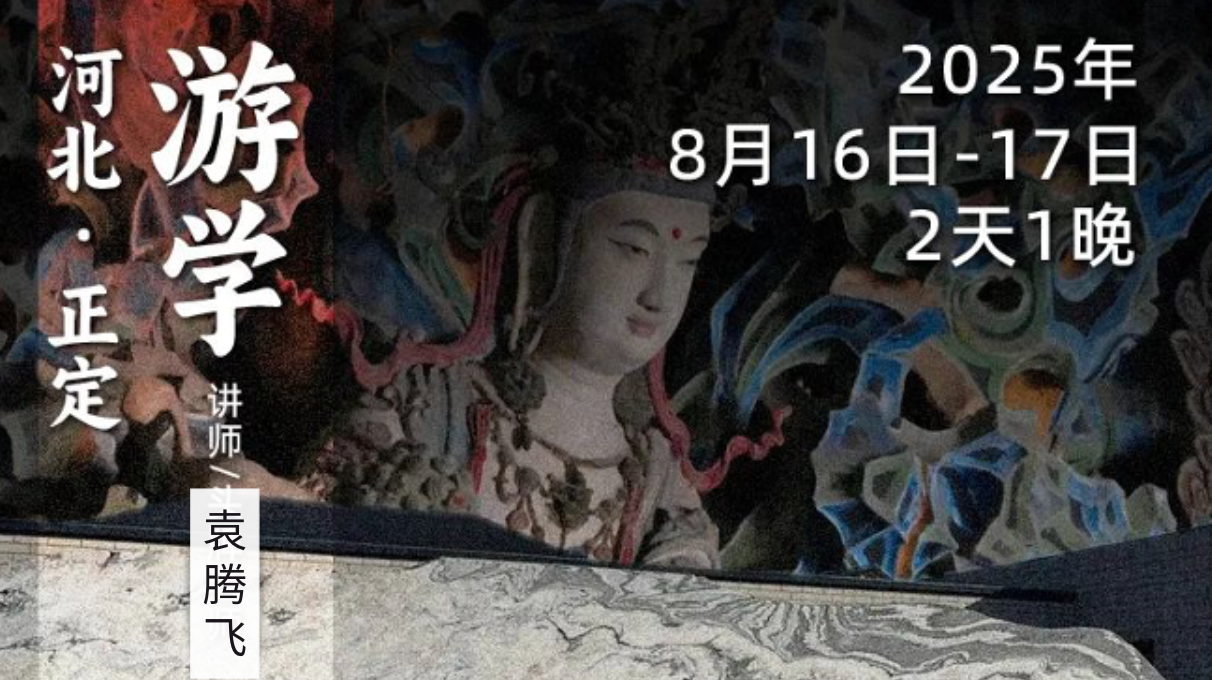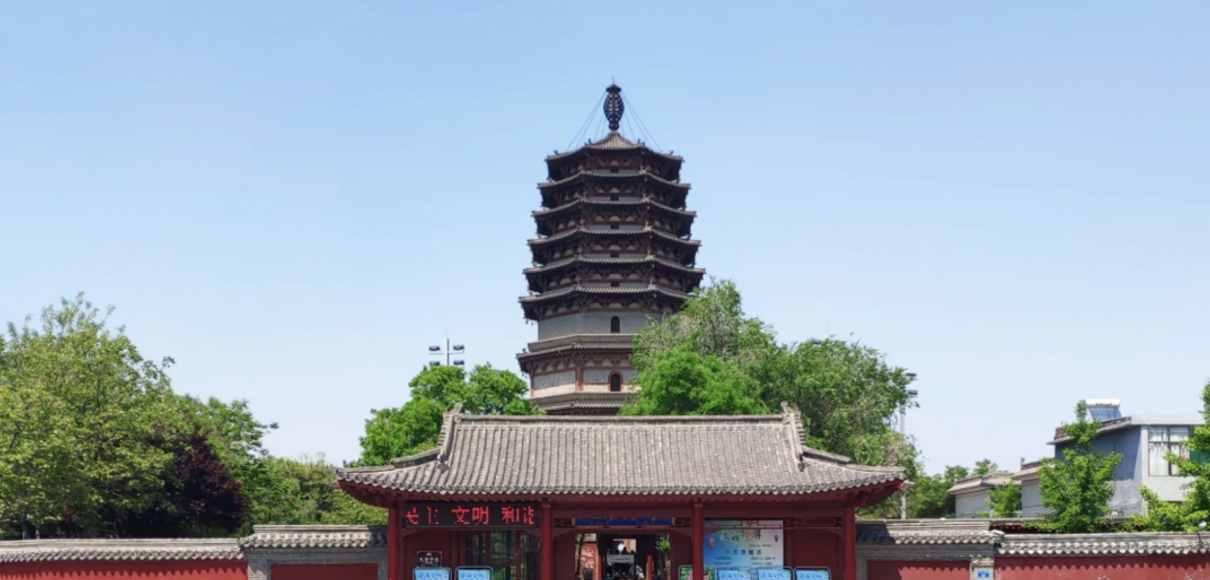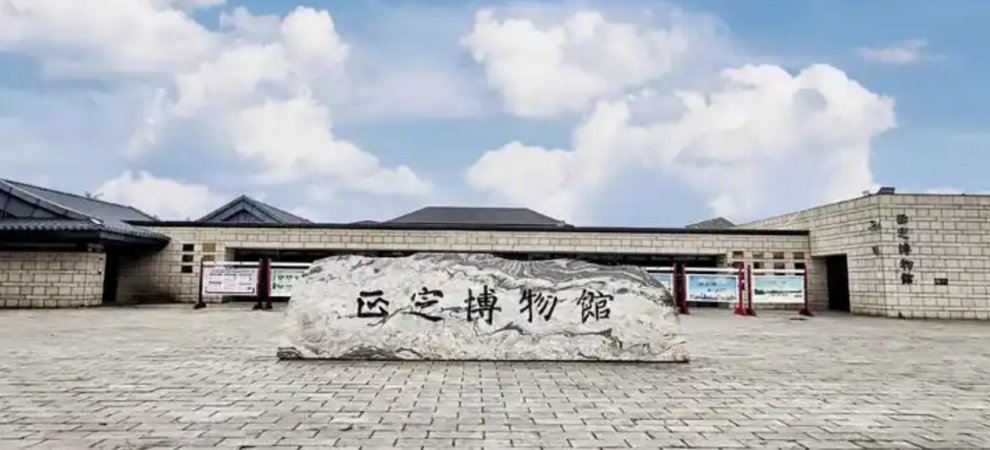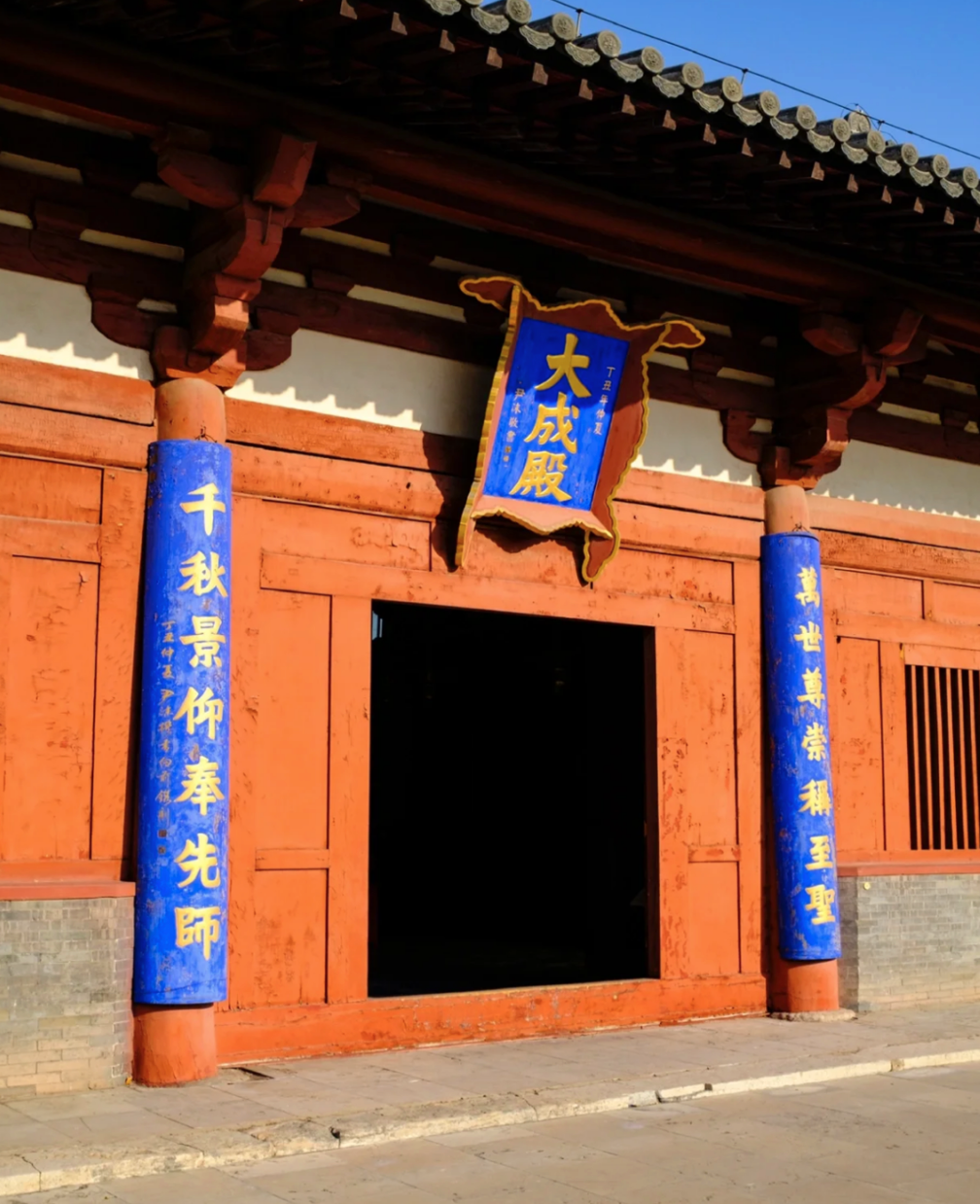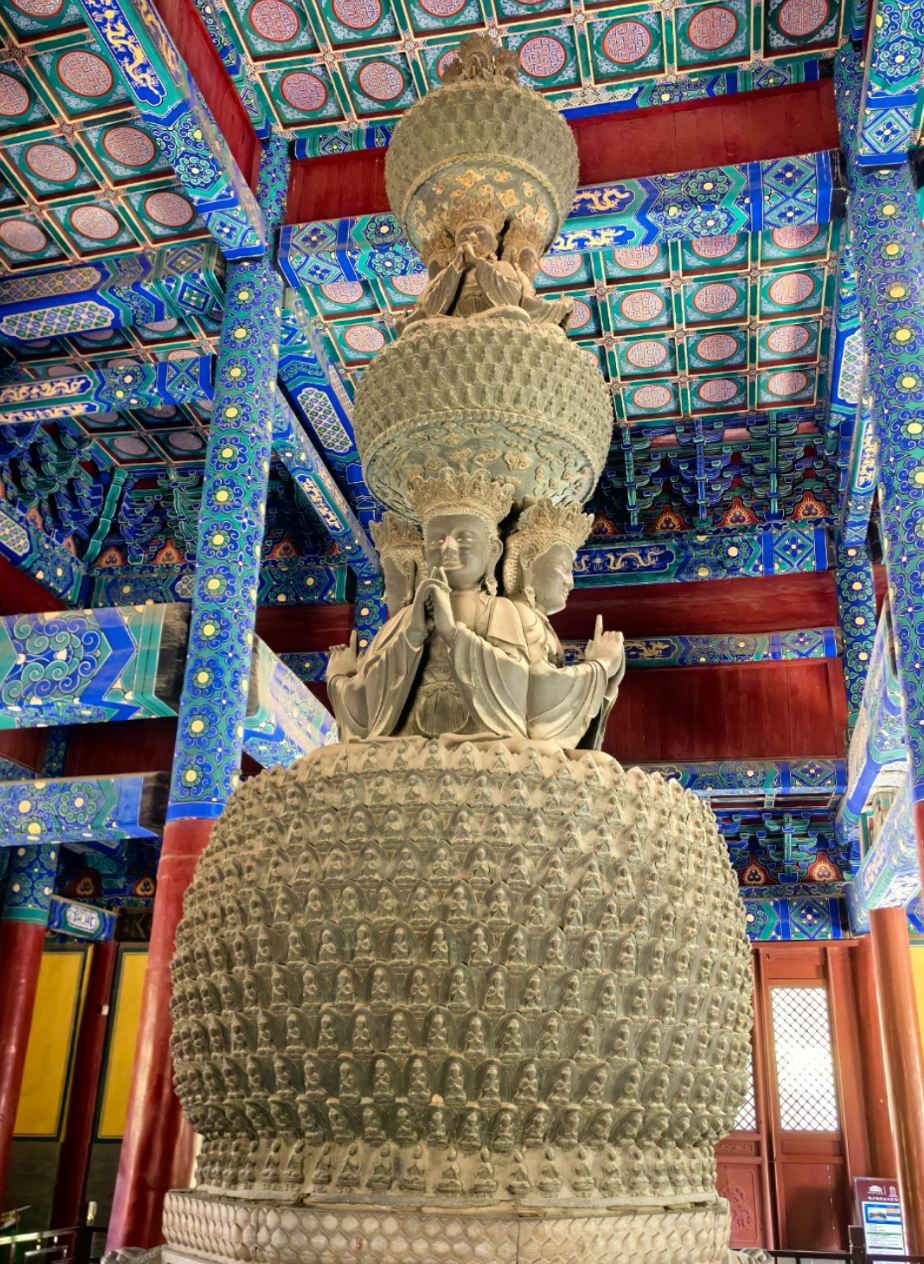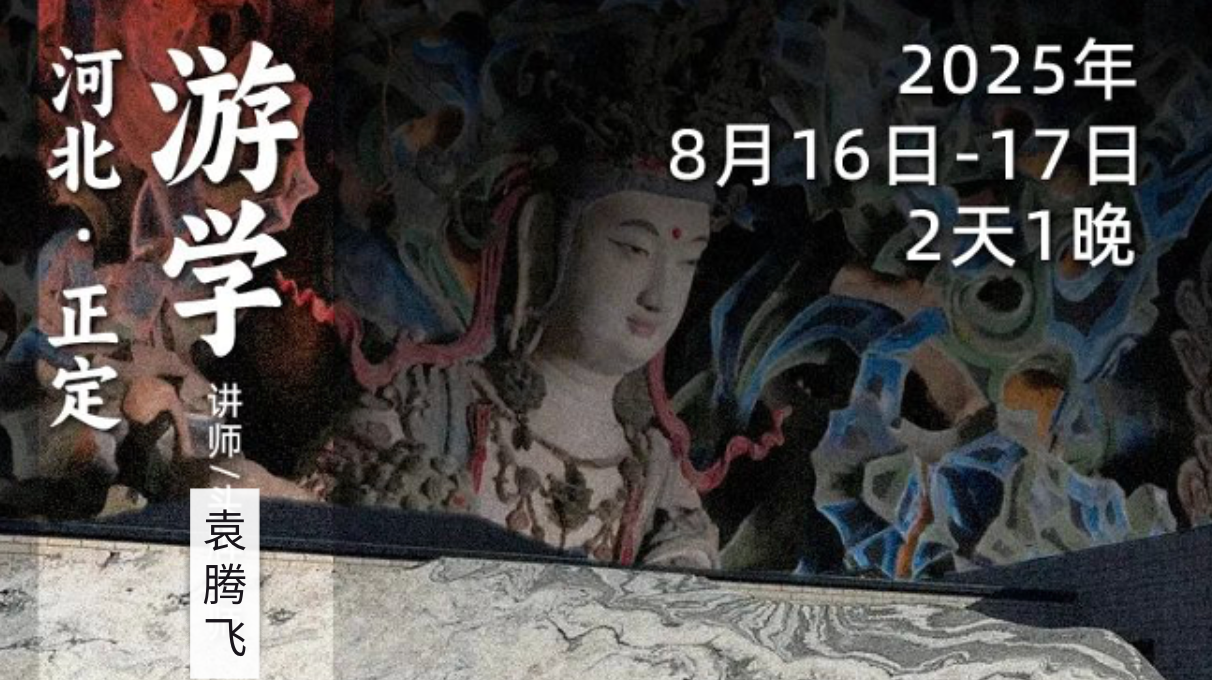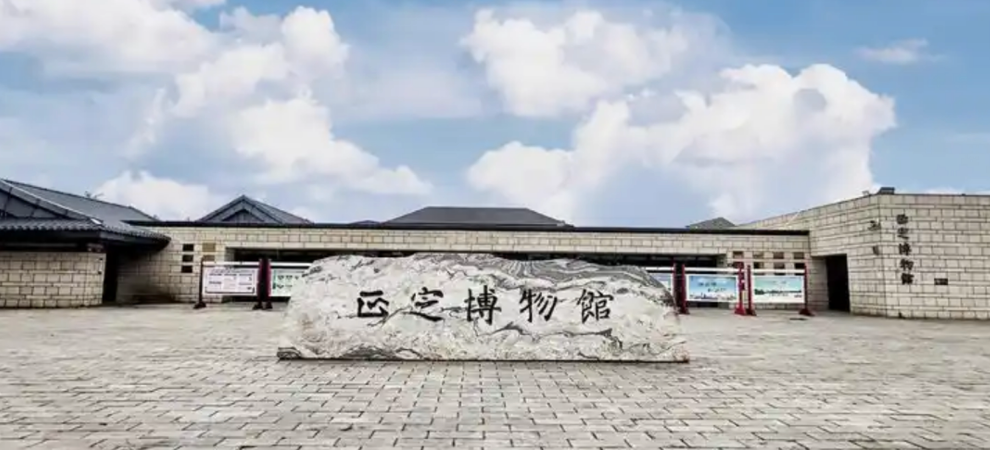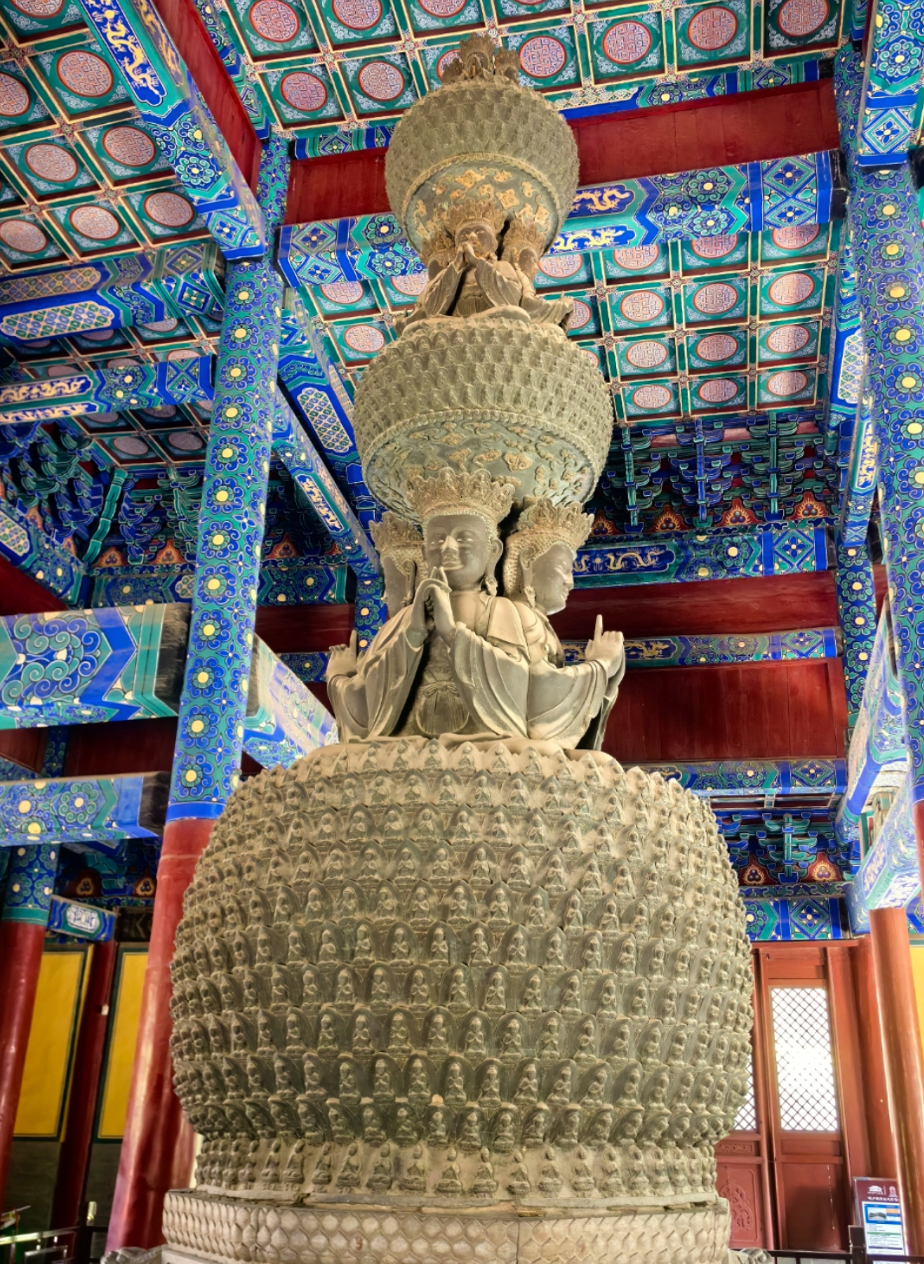LIFEANO 给生活另一种可能
August 16-17, 2025|Traveling in Hebei: Teacher Yuan Tengfei takes you to explore the "Nine Dynasties Charm" along the Hutuo River
August 16-17, 2025|Traveling in Hebei: Teacher Yuan Tengfei takes you to explore the "Nine Dynasties Charm" along the Hutuo River
Out of stock
Couldn't load pickup availability
August 2025
The Study Tour Group will come to Zhengding, Hebei
This is an ancient city standing on the north bank of Hutuo River in the hinterland of North China Plain. It is one of the " Three Great Towns in the North " along with Beijing and Baoding. It was also the political, economic and cultural center of central Hebei during the Tang and Song dynasties. It is also a priceless treasure house of ancient Chinese architectural art. Take a walk in Zhengding with Professor Yuan Tengfei and appreciate the cultural heritage and history of the thousand-year-old city.
Team leader
Teacher Yuan Tengfei
Hailed by fans as " the best history teacher in history "
NO.1— Longxing Temple

Longxing Temple in Zhengding is one of the ten most famous temples in China. The temple was first built in the sixth year of Kaihuang in the Sui Dynasty ( 586 AD). It was originally named Longzang Temple and was renamed Longxing Temple in the Tang Dynasty. In the fourth year of Kaibao in the Northern Song Dynasty ( 971 AD), a huge 42-armed bronze statue of Avalokitesvara was cast in the temple by order of Emperor Taizu of the Song Dynasty, Zhao Kuangyin, and the Great Compassion Pavilion was built. After that, the temple was expanded with great construction, and the Song Dynasty building complex with the Great Compassion Pavilion as the main body was completed one after another. The buildings in the temple were repaired and expanded to varying degrees in the Jin, Yuan and Ming dynasties. During the reigns of Emperor Kangxi and Emperor Qianlong in the Qing Dynasty, the temple was rebuilt twice on a large scale by imperial order. The temple formed a three-way architectural pattern with the monks living in the east, the Buddhist activities in the middle and the emperor's palace in the west. In the 49th year of Emperor Kangxi ( 1710 AD), it was named " Longxing Temple " and has been used to this day.
The temple buildings are built in depth from north to south, with a tall glazed screen wall at the south end of the central axis. From the three-way single-arch stone bridge to the north, there are more than a dozen halls and pavilions, including the Hall of Heavenly Kings, the Hall of the Six Great Masters of Great Awakening (ruins), the Mani Hall, the Archway Gate, the Ordination Platform, the Cishi Pavilion, the Wheel of Religion Pavilion, the Great Compassion Pavilion, the Imperial Library, the Jiqing Pavilion, the Amitabha Hall, the Vairocana Hall, and the Longquan Well Pavilion. They are clearly divided into primary and secondary halls, with staggered heights and magnificent appearance. They are a typical example for studying the architectural layout of ancient Chinese Buddhist temples.
There are six cultural relics in the temple that are the best in the country, namely: the uniquely shaped Mani Temple of the Song Dynasty, which was praised by the ancient architecture master Liang Sicheng as a unique example of ancient architecture in the world; the colorful hanging sculpture of Guanyin praised by Lu Xun as the " Oriental Beauty Goddess " ; the largest early Chinese chakravartin; the Longzang Temple stele, which is praised as the " No. 1 Sui stele " and the " ancestor of regular script " ; the 21.3 -meter-high bronze Thousand-armed and Thousand-eyed Guanyin Bodhisattva, which is the tallest bronze Buddha in ancient China; the ingeniously designed, varied, and finely crafted bronze Thousand Buddha Mound, which is unique in China. At the same time, the temple also gathers artistic treasures such as steles, murals, and porcelain from past dynasties, all of which have high historical, artistic, and scientific values.
NO.2— Tianning Temple Pagoda

Tianning Temple in Zhengding County. It was first built during the reign of Emperor Daizong of the Tang Dynasty ( 762-779 ). The temple collapsed in the early years, and the Lingxiao Pagoda is an important relic. Most of the existing materials are made of wood, so it is commonly known as the wooden pagoda. The Lingxiao Pagoda is an octagonal pavilion-style building. The remaining height is 32.76 meters, with a total of nine floors, and brick steps to the third floor. Above the fourth floor, there is a central column leading directly to the top of the tower, and the stairs on each floor are changed to wooden ones, and you can climb to the top floor along the stairs. The lower three floors of the tower body are very different from the upper floors. Only the rafters of the lower three floors are made of wood, and the brackets and corner columns are all brick imitation wood structures. The fourth to ninth floors seem to be built on the basis of the lower three floors, with three bays on each side, and the pillars, brackets, and rafters are all made of wood. On the tower body is the pagoda finial composed of the pagoda seat, the stupa, the upturned leaves, the pagoda wheel, the treasure cover and the treasure beads. The entire tower looks magnificent, but also light and elegant. The existing tower body basically retains the architectural style of the Jin Dynasty, and its unique structural form is rare in ancient Chinese Buddhist pagoda architecture.
NO.3— Zhengding Museum

Zhengding County Museum is a state-owned museum of cultural relics system approved for establishment on January 8 , 2021. It is located on the east side of Longxing Temple at No. 66 Wangquan South Street, Zhengding County, with a construction area of 16,000 square meters. The museum adopts a building structure with one floor above ground and two floors underground. It is divided into 9 permanent exhibition halls and temporary exhibition halls, and displays 7,672 cultural relics in phases, covering thematic categories such as porcelain, Buddhist statues, and inscriptions.
No. 4— Confucian Temple

The Confucian Temple of the prefecture was built before the Song Dynasty and cannot be verified. In the third year of Xining ( 1070 ), Wu Zhong, a scholar of Longtu Pavilion and the prefect, rebuilt it. It was destroyed by war in the late Yuan Dynasty and was repaired in the Ming and Qing Dynasties. The main buildings were well preserved in the early days of the founding of the People's Republic of China. Its layout is divided into three routes. The middle route is the memorial archway, Lingxing Gate, Pan Bridge, Minghuan Temple, Xiangxian Temple, Jimen, East Veranda, West Veranda, Dacheng Hall, Chongsheng Temple, and Liuzhong Temple. The east route is the school palace, with Kuixing Tower in front and school and teaching buildings in the back. The west route is Minglun Hall, etc. During the "Cultural Revolution", the Dacheng Hall and other buildings were demolished. Now only the Jimen and its east and west side rooms of the Yuan Dynasty are left.
The Jimen Gate is located in front of the central axis of the Confucian Temple of the prefecture. It faces south and is five bays wide and two bays deep. It is a single-eaved, hanging-mountain, green-tile-covered building. The beam frame structure is a three-column structure with six rafters and three columns. There are brackets under the front and back eaves. The brackets are sparsely distributed, with three brackets in each of the main and supplementary bays and two brackets in each of the secondary bays. The style is a single lower ang with four layers. The outer ang is pulled out of the ang, and the ang is placed on the top. The middle is a shua head, and the top is supported by a long substitute wood. The inner ang is pulled out of the middle of the dou, and the ang is the tail of the ang. The tail of the ang is tilted up and high, and overlaps with the loop under the lower golden purlin. The side rooms on both sides are late buildings, with three rooms each, all with hard mountain gray tile roofs. As the only existing Yuan Dynasty building in Zhengding, the Jimen Gate has a high historical research value.
NO.5— Pilu Temple

Pilu Temple is located in the east of Shangjing Village, Dubei Township, northwest of Shijiazhuang City. It is a national key cultural relic protection site. Only the Sakyamuni Hall and Pilu Hall remain in the temple, and eight steles were rebuilt in the Ming and Qing dynasties. The murals in the Sakyamuni Hall are seriously blurred, and the content is about the story of the Buddha, which is no longer clear. Behind the main Sakyamuni Buddha statue are Ming Dynasty hanging sculptures of Guanyin, Manjusri, and Samantabhadra, which are exquisite and have high artistic value.
The Pilu Hall is commonly known as the rear hall, also known as the five-color octagonal hall ( see the stele for the reconstruction in the 17th year of Emperor Qianlong's reign in the Qing Dynasty ) . It is built on a 1- meter-high platform, with a width of three rooms and a depth of two rooms. There are porches in front and back, and the plane is in the shape of a cross. The architecture is peculiar, simple and unique. The Pilu Temple is famous for its exquisite murals in the main hall ( Pilu Hall ) that depict the confluence of Confucianism, Buddhism and Taoism.
In the center of the Vairocana Hall, on the Sumeru throne, Vairocana Buddha is enshrined. He is also known as Vairocana Buddha. In the Tantric Buddhism, he is called Mahavairocana Tathagata. He is the main deity of the Tantric Buddhism, which means "bright and shining". In front of the Vairocana Buddha statue are two original stone Buddha statues of the temple ( the stone Buddha mentioned in the inscription of the second reconstruction stele in the Hongzhi period of the Ming Dynasty ) , and on both sides are two incense and flower Bodhisattvas that were added in recent years. There are a total of 122 square meters of murals in the hall, most of which have mural inscriptions, with a total of 122 groups. Each group has one to three or four people, and as many as more than ten people. There are more than 500 various gods, emperors, Shansa gods, guardian gods, and ancient figures of the three religions of Buddhism, Taoism and Confucianism.
Registration Instructions
Assembly / disbandment
● Gather in Beijing on August 16, 2025 (Saturday), disband in Zhengding on August 17 (Sunday) (send back to Beijing)
● Please arrange your schedule before and after the gathering properly;
Precautions
● Customer service will contact you one week in advance after registration, please keep your WeChat and phone open;
● Children under 6 years old are not recommended to participate. Minors aged 6-14 and seniors over 70 years old must be accompanied by family members to register together;
Activity Fees
● The fee includes: meals, accommodation, transportation and lecturer explanations from the time of gathering to the time of disbanding;
● The fee does not include: round trips before and after the meeting, and other expenses not listed;
Hassle-free refund policy
● If the event is cancelled due to reasons of the organizer, all fees will be refunded;
● If the event is cancelled due to force majeure, the unincurred fees will be refunded;
● If you are unable to attend the event due to personal reasons, no fees will be refunded (the spot is transferable). Please do not take pictures if you mind. Thank you for your understanding.
Share
